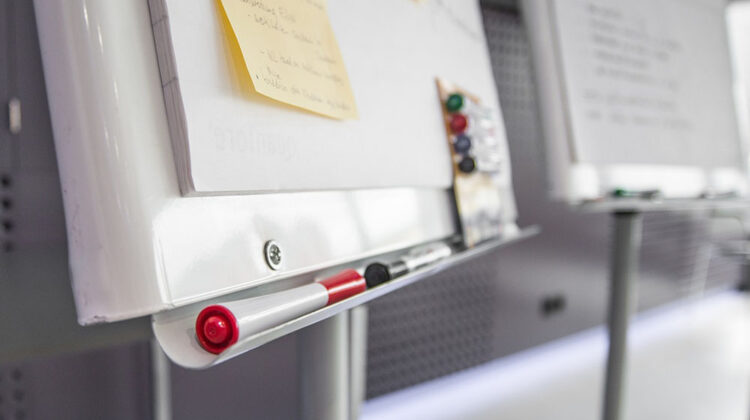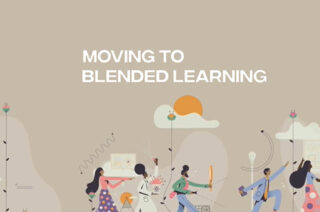Terminology Busting: blended, online, digital or flipped learning?

|
Term |
Description |
Example / More Info |
|
Blended Learning (Also known as Hybrid Learning)
| Blended learning is a combination of digital learning and traditional on-campus face to face learning.
This term implies a learner will have a schedule outlining when and where they attend some sessions, be they online or in person. Digital and in-person learning is complementary, creating an integrated learning environment. | Watch this video by Stephen Pettifer on Blended Learning Terminology and Concepts in which he describes examples of blended learning vs tradition teaching methods. |
|
Digital Learning / eLearning
| Digital learning is the term that is now being used in place of eLearning. This may cause some confusion as there are still a lot of references to eLearning in job titles and teams across the university, but it is likely to be phased out in the coming years.
Digital learning typically refers to when content is received online, independent of the location of student and teacher. This includes eBooks and digital tasks that do not necessarily require an internet connection. Digital learning is a term that encompasses both online and blended learning approaches. | CIPD article on Digital Learning, exploring the different types, benefits, challenges and effectiveness. |
|
Flexible Learning (sometimes known as Personalised Learning)
| Flexible Learning provides students with choices about where, when, and how learning occurs. This approach allows course teams to adjust variables such as pace, place, and mode; when in the week the students study, to how quickly they complete a course; whether they study online or on campus, and the balance between asynchronous and synchronous learning.
While the majority of flexible learning programs to date have taken advantage of digital learning methods, the rapid increase in the processing power and popularity of mobile devices has caused considerable interest in mobile learning – the use of mobile devices to increase the mobility of learners and correspondingly enhance the flexibility of their learning. | Watch Professor April McMahon talk about the flexible, blended future of teaching and learning at Manchester via the ‘Flexible Learning’ guidance pages on StaffNet. |
|
Flipped Learning | A pedagogical approach in which students are introduced to learning material before class, and classroom time is used to deepen understanding through discussion with peers and problem-solving activities facilitated by teachers.
In traditional lectures, students acquire knowledge in a classroom context and are then sent away to synthesise analyse and evaluate this after the class. In the flipped classroom students acquire knowledge before the class and use classroom time to practice and apply concepts and ideas through interaction with peers and teachers. After the class students reflect upon the feedback they have received in class and use this to further their learning. | More information and an example from Nick Weise in the Department of Chemistry on how to flip your course on the FSETA ‘Flipped Learning Factsheet’ page. |
|
Online Learning (Also called Distance Learning)
| In short, this refers to any learning that happens fully online. An online course implies distance between you and your teachers.
For example, MOOCS (massive open online courses) that are developed by universities around the world are delivered online for a global audience. Online courses can either be self-paced or available for a limited time with deadlines set for assignments. Online learning is a form of Digital Learning. | Upgrade your online teaching skills, by becoming an online learner yourself! Have a look at some of these FSETA recommended short courses. |

